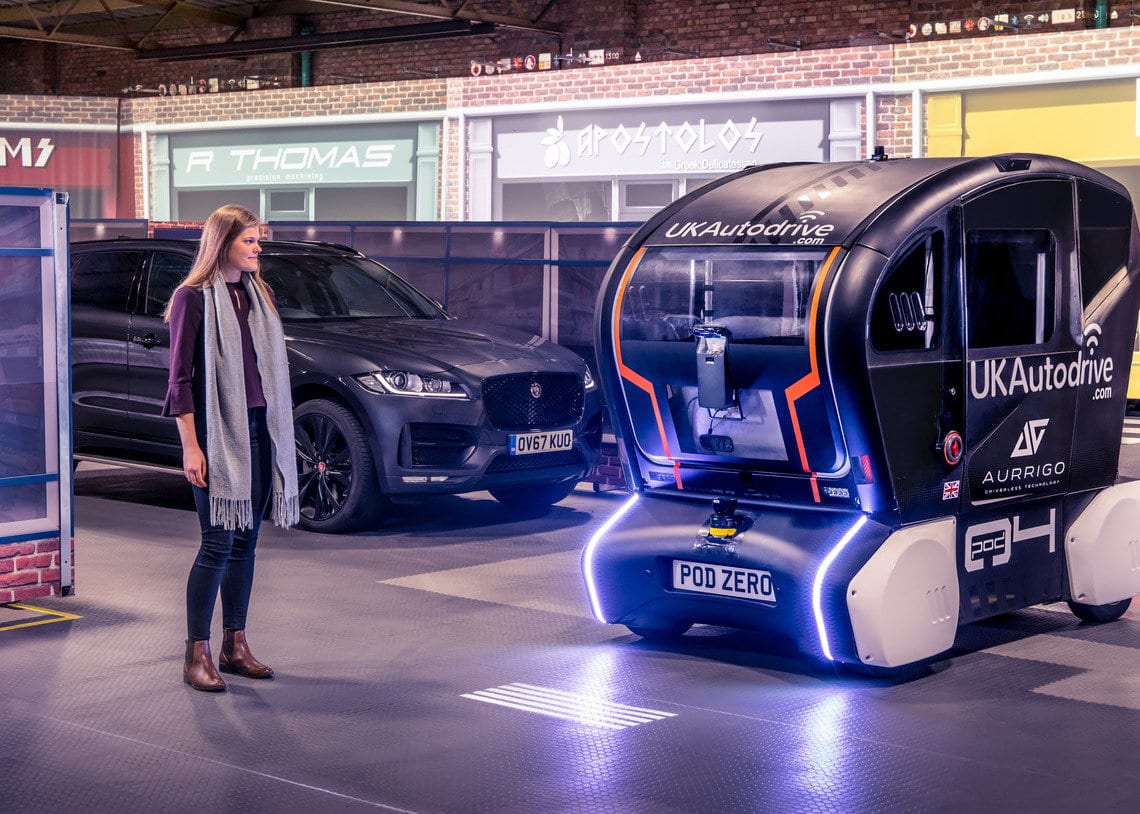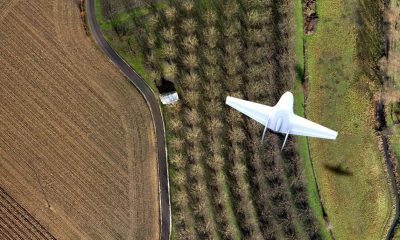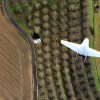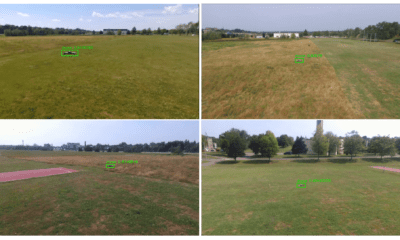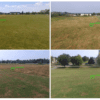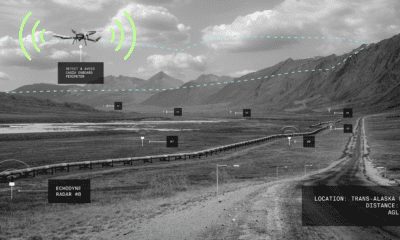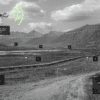Autonomous
Jaguar Land Rover Projects Direction of Travel Onto Road Ahead of Autonomous Vehicles
Jaguar Land Rover have moved a step closer to making you and me feel safer on the road when we travel on it alongside autonomous vehicles. Jaguar Land Rover’s Future Mobility division is working to build trust after research revealed that 41% of drivers and pedestrians don’t feel safe sharing the streets with autonomous cars.
The research programme is part of the broader UK Autodrive autonomous and connected driving project, which involves numerous self-driving trials from not only Jaguar Land Rover, but also Ford and Tata.

The intelligent system can project the intent of an autonomous vehicle onto the road ahead. These projections, tested on autonomous pods developed by Aurrigo, feature a series of lines or bars with adjustable spacing onto the road ahead to inform pedestrians of the car’s direction of travel to show when the vehicle is preparing to stop, pull away or turn. The gaps shorten as the pod is preparing to brake before fully compressing at a stop as the pod moves off and accelerates, the spacing between the lines extends. Upon approaching a turn, the bars fan out left or right to indicate the direction of travel. Jaguar say that in the future these projections could even be used to share obstacle detection and journey updates with pedestrians.
Pete Bennett, Future Mobility research manager at Jaguar Land Rover said,”The trials are about understanding how much information a self-driving vehicle should share with a pedestrian to gain their trust,” adding,”Just like any new technology, humans have to learn to trust it, and when it comes to autonomous vehicles, pedestrians must have confidence they can cross the road safely. This pioneering research is forming the basis of ongoing development into how self-driving cars will interact with people in the future.”
The system was developed by engineers working in Jaguar Land Rover’s Future Mobility Division, which worked in tandem with cognitive psychologists. The innovative system was tested on a fabricated street scene at a Coventry facility to measure how comfortable pedestrians felt in conditions with and without the beamed light projections. Some of these pods were also fitted with Jaguar Land Rover’s “Virtual Eyes”. These look like eyes and are meant make eye contact with pedestrians, in the hope of making pedestrians more confident and comfortable. Reports of accidents in autonomous vehicle industry some have dampened the original enthusiasm in self-driving cars. But this technology from Jaguar Land Rover could be a solution.
Safety remains the priority as Jaguar Land Rover invests in self-driving technology, becoming automotive leaders in autonomous, connected, electric and shared mobility. The trial is aligned with the brand’s long-term strategic goals: to make cars safer, free up people’s valuable time and improve mobility for everyone.

